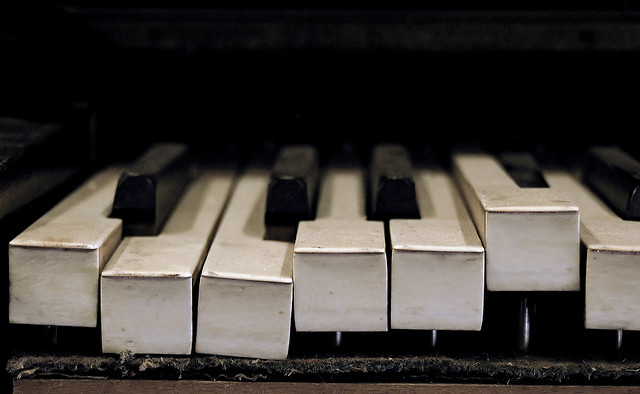Remembering Tenor Jon Vickers
The Canadian tenor Jon Vickers, who brought “a colossal voice and raw dramatic intensity” to some of opera’s most powerful roles, passed away on Friday following a battle with Alzheimer’s disease. He was 88. After studying at Toronto’s Royal Conservatory of Music, Vickers rose to prominence in the late 1950s and early 60s with appearances at London’s Royal Opera House, Covent Garden and the Metropolitan Opera. His recordings suggest that he had …


